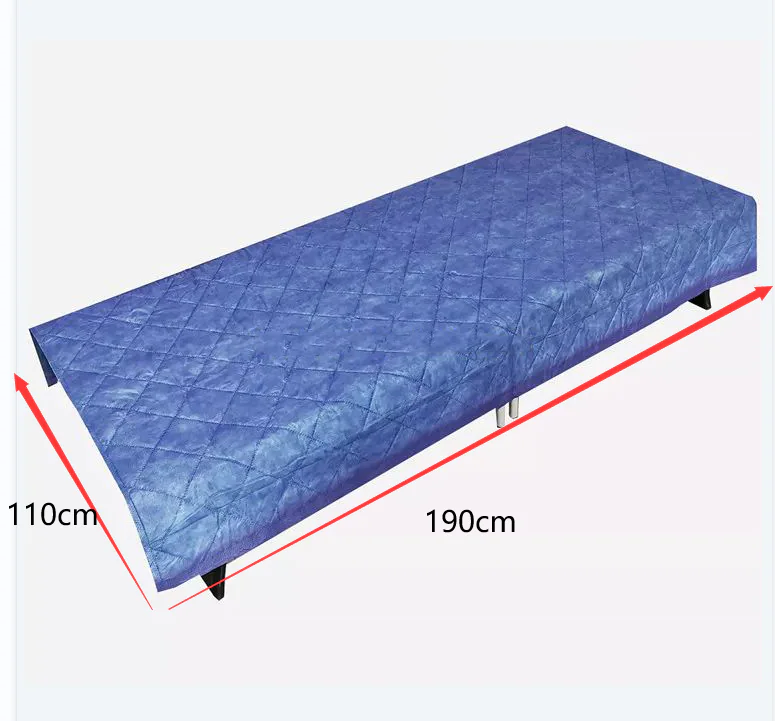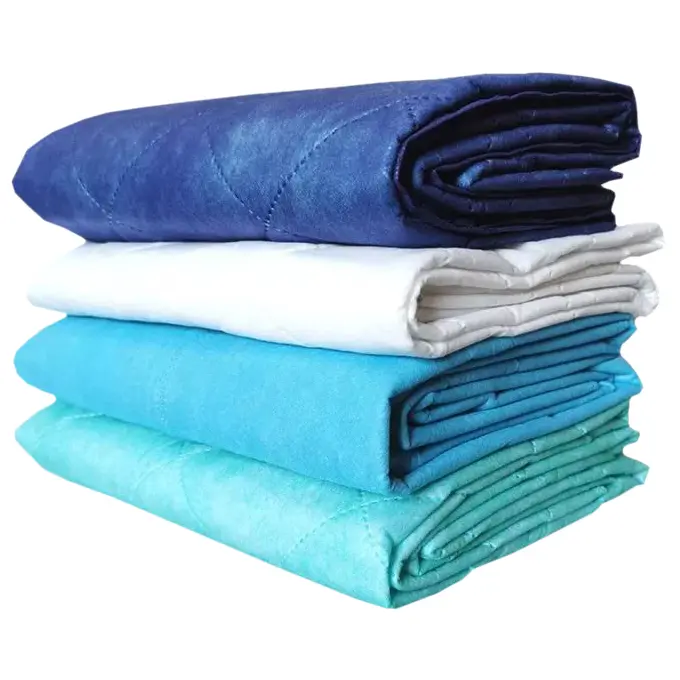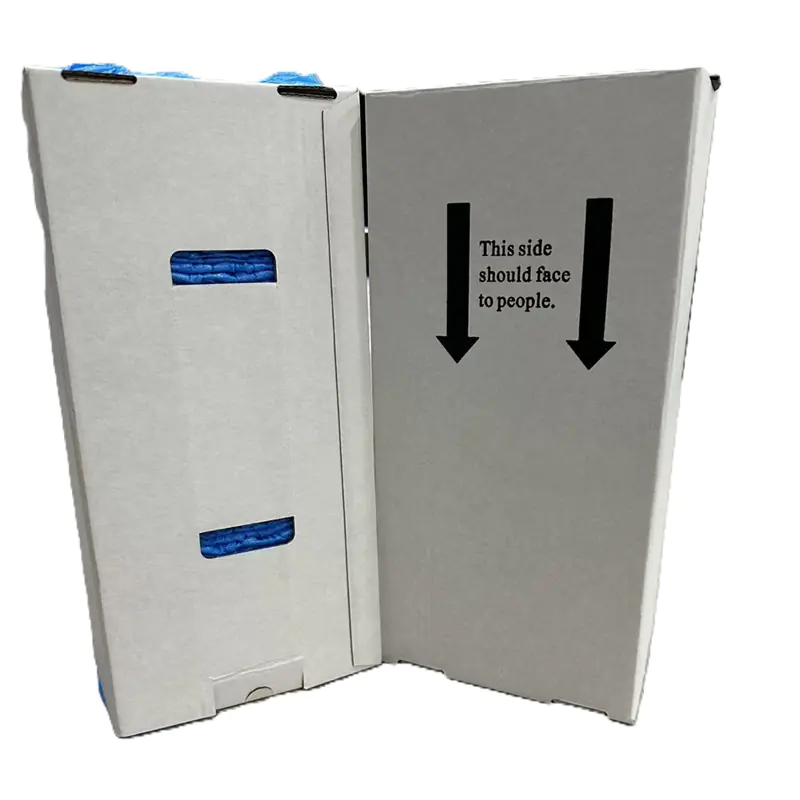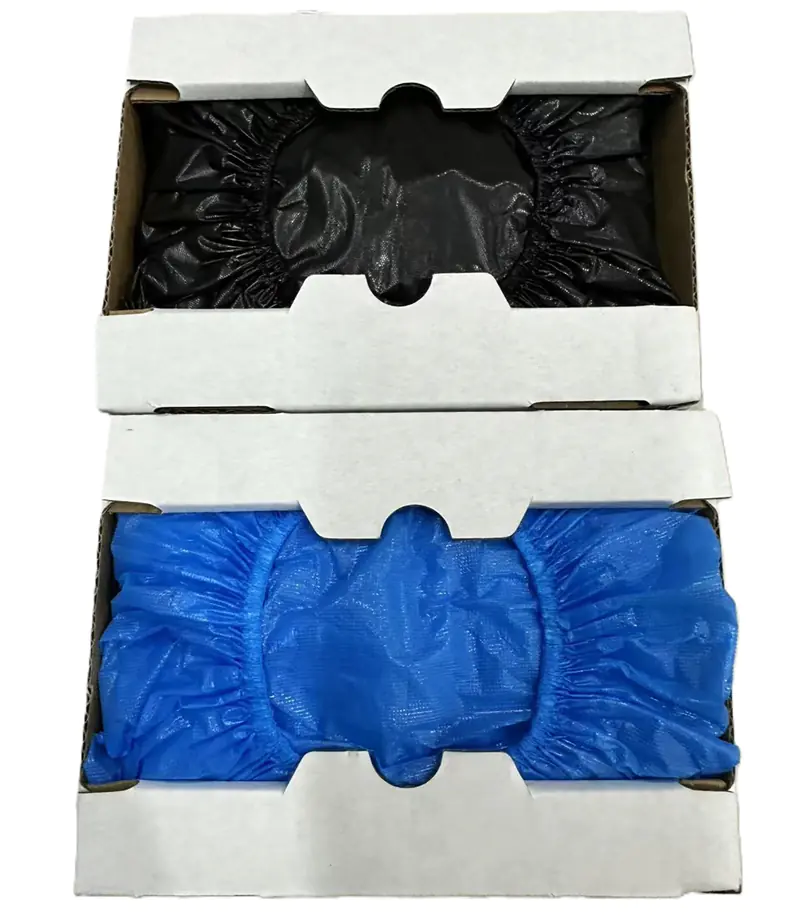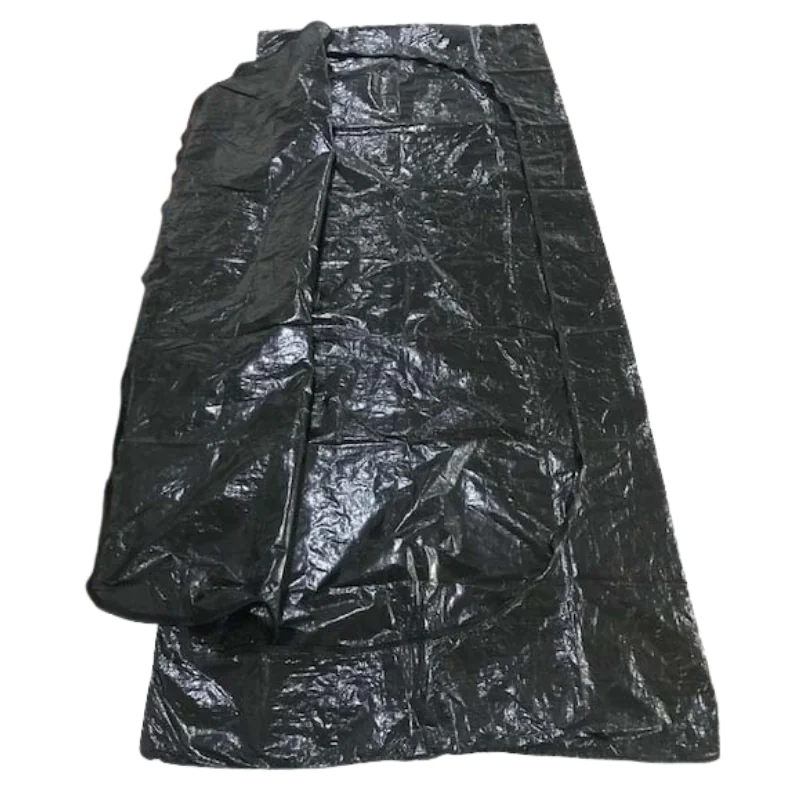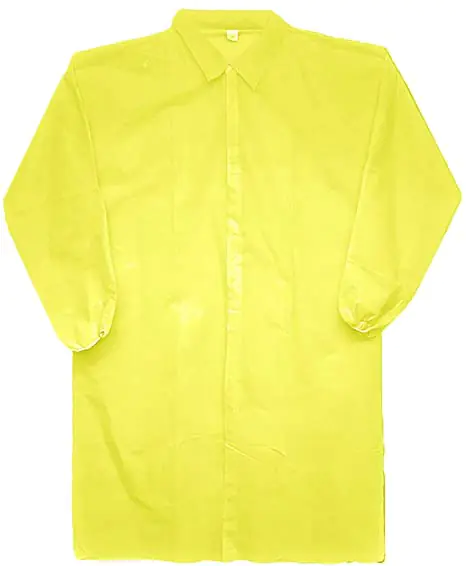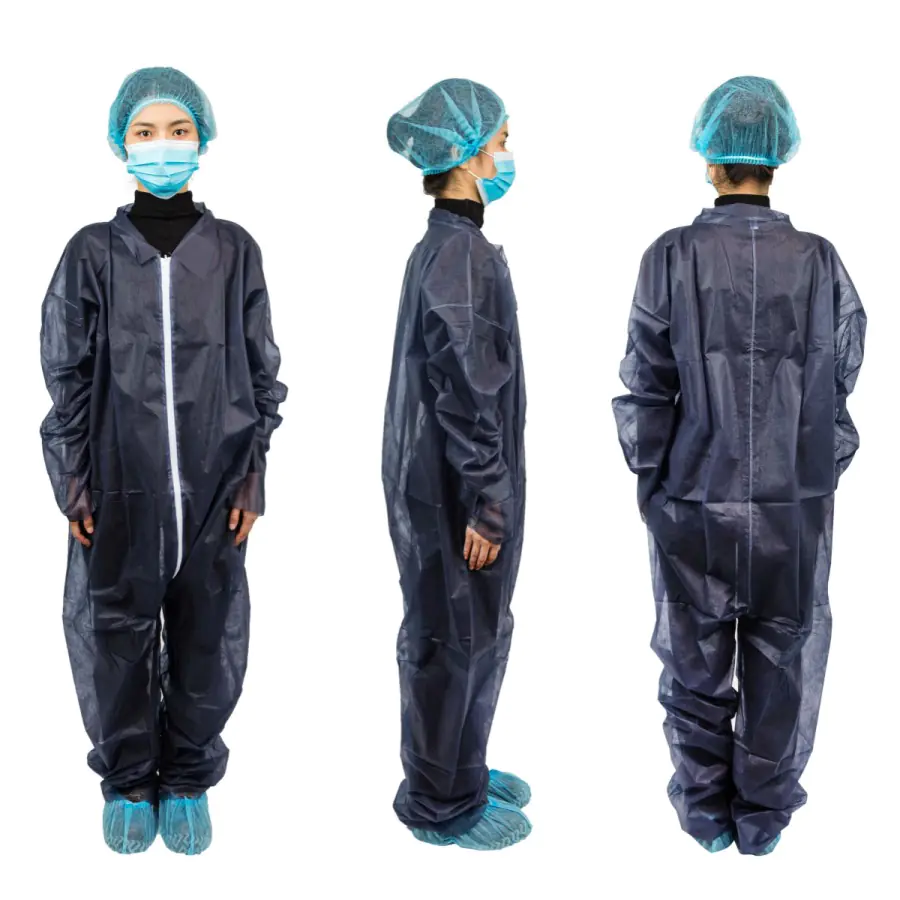Have you ever needed a blanket just for a short time? Maybe at a hospital, during an emergency, or on a trip? Disposable blankets are made for these times. But do they actually keep you warm? Let’s find out.
1. What Are Disposable Blankets?
Think of a disposable blanket as a throw-away blanket. They are often made from a special nonwoven fabric on the outside. Inside, they usually have soft cotton filling.
You see them in many places:
- Hôpitaux: Like those used by companies such as Medline Industries.
- Kits d'urgence: For sudden needs.
- Travel: Easy to pack and toss. You can find similar items like disposable bedding for travel.
- Outdoor Events: Like concerts or games when it gets chilly.
The big question is: Are these single-use blankets warm enough when you need them? Let’s look closer at the disposable blanket warmth effectiveness.
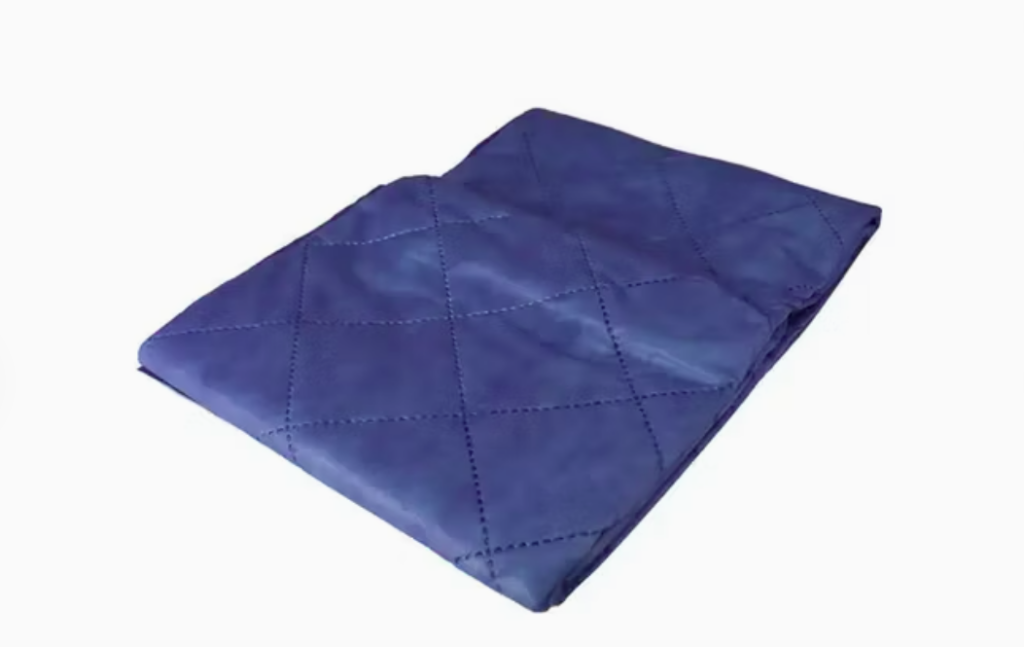
2. The Science of Warmth: How Nonwoven Cotton Blankets Work
How does a simple blanket keep you warm? It traps your body heat!
- Materials Working Together: The nonwoven outside layer (often polypropylene) and the fluffy cotton batting inside create tiny air pockets. These pockets hold the warm air your body makes, acting as nonwoven cotton blanket insulation.
- Measuring Warmth: Scientists use ways to measure warmth. One is called the TOG rating for thermal blankets. A higher TOG number means the blanket is warmer. Disposable blankets often have a TOG rating between 2.5 and 3.5. Another measure is “clo”. These blankets score about 0.8 to 1.2 clo.
- Staying Warm vs. Staying Dry: Good blankets trap heat but also let sweat escape so you don’t feel damp . Disposable blankets do this okay for short periods.
- Testing for Safety and Warmth: Groups like ASTM International set rules for testing how warm materials are. The CDC (Centers for Disease Control and Prevention) also gives advice on staying warm, which relates to hypothermia prevention blankets.
These blankets can raise your body temperature by about 1 to 3 degrees Celsius (that’s 1.8 to 5.4 degrees Fahrenheit). This can make a real difference if you’re feeling cold.
3. Effectiveness Compared to Other Blanket Types
How do disposable blankets stack up against other kinds?
| Blanket Type | Disposable Cotton Blanket | Mylar Emergency Blanket | Reusable Cotton/Wool Blanket | Synthetic Insulated Blanket |
|---|---|---|---|---|
| How it Warms | Traps body heat (insulation) | Reflects body heat back to you | Traps body heat (insulation) | Traps body heat (insulation, often thicker) |
| Warmth Level | Moderate (TOG 2.5-3.5) | Can feel warm quickly, but less breathable | Can be very warm, depends on thickness | Often very warm, good warmth-to-weight |
| Good For | Short-term use, emergencies, hospitals, travel | Survival kits, very short-term warmth | Everyday use at home, camping | Camping, outdoor activities, home use |
| Poids | Léger | Very lightweight | Heavier | Lightweight to moderate |
| Durabilité | Single-use | Can tear easily | Long-lasting | Long-lasting |
| Cost | Low per blanket | Very low per blanket | Higher initial cost | Moderate to high cost |
| Wind Resistance | Fair; loses about half its warmth in wind | Poor unless wrapped tightly | Good, especially wool | Good |
| Wet Performance | Poor (cotton absorbs water) | Good (waterproof) | Poor (cotton), Fair (wool) | Good (synthetics dry quickly) |
| Key Point | Good balance for emergency blanket vs disposable cotton needs | Best for reflecting heat, not long-term insulation | Heavier but reusable and potentially very warm | Often the warmest lightweight option |
As you see, disposable blankets are a good middle ground for specific situations where you need quick, easy warmth without needing it to last forever.
4. Factors That Impact Warmth Performance
Not all disposable blankets are created equal, and where you use them matters!
- Qualité des matériaux:
- Thicker cotton filling usually means more warmth.
- A tighter nonwoven weave helps trap heat better.
- Environmental Conditions:
- Wind: A windy day can steal heat fast. While nonwoven material helps block some wind, these blankets still lose about half their warmth in a 10 mph wind. Using them inside a car, tent, or building is much better.
- Moisture: Cotton absorbs water. If the blanket gets wet, it loses its warming power and can actually make you colder. Keep it dry!
- User Factors:
- Layering: Using the disposable blanket with other clothes or even another blanket (like a thin foil one) adds more trapped air layers and boosts warmth.
- Your Body: Everyone produces different amounts of body heat. How warm you feel will depend partly on you!
Think about these things when deciding if a disposable blanket is right for your situation.
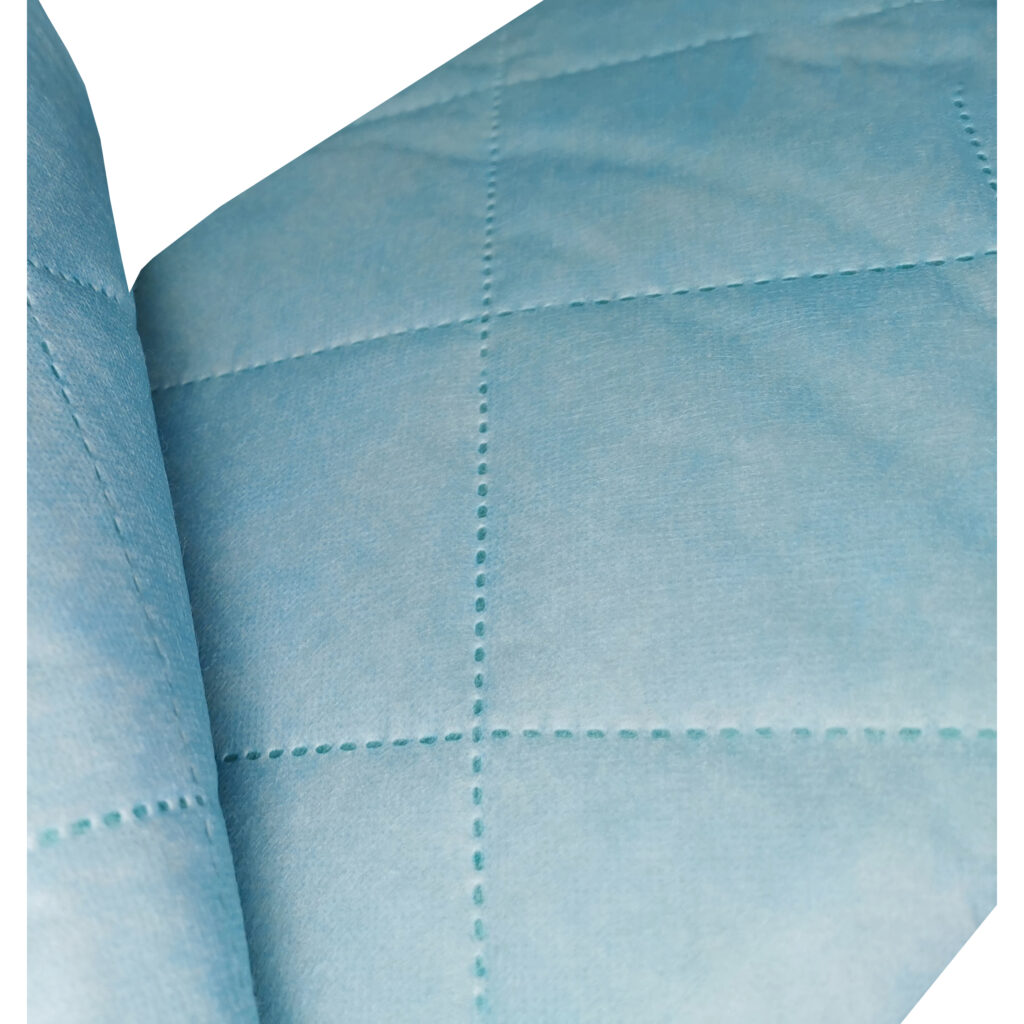
5. Real-World Applications & Limitations
Where do these blankets shine, and where do they fall short?
Best Use Cases:
- Hôpitaux et cliniques: Perfect for patients needing temporary warmth. Companies like Medline Industries supply these for hygiene and comfort. Check out these related disposable blankets and pillows.
- Kits d'urgence: Great for car kits, first aid bags, or disaster preparedness. Safety testing bodies like Intertek Group might check these products. They are lightweight and ready when needed.
- Outdoor Events: Easy to carry to a game or concert for when the sun goes down.
- Travel: Handy for unexpected delays or chilly flights/buses. Consider them as part of disposable bedding and towels options.
Limitations:
- Extreme Cold: They only provide moderate warmth (raising body temp 1-3°C). They are not warm enough for very cold nights or severe weather by themselves.
- Durabilité: They are meant for one use. They can tear and won’t stand up to rough handling.
- Durabilité: Being single-use means they create waste. This is a downside compared to reusable blankets.
- Getting Wet: As mentioned, if they get wet, they lose warmth.
Knowing these limits helps you use them effectively when they are the right tool for the job.
6. Expert Tips to Maximize Warmth
Want to get the most warmth from a disposable blanket? Try these tips:
- Layer Up: Wear dry clothes underneath. Put the disposable blanket over your clothes. If you have a foil emergency blanket, you can put it over or under the disposable one for extra heat trapping.
- Block the Wind: Use the blanket inside a tent, car, or shelter. Getting out of the wind makes a huge difference.
- Trap Air: Wrap the blanket snugly around you, but not too tight. You want to trap warm air close to your body. Tuck edges under you if sitting or lying down.
- Keep it Dry: Avoid getting the blanket wet. If it does get damp, it won’t work well.
- Check for Quality: Look for blankets with certifications like Oeko-Tex Standard 100. This means the materials have been tested and are safe against your skin.
7. FAQs (Frequently Asked Questions)
- Can disposable blankets prevent hypothermia?
- Yes, they can help in mild cold situations by trapping body heat, as CDC guidelines for hypothermia prevention blankets suggest. They can raise body temperature slightly. However, they are not enough on their own for severe cold or if someone is already very cold.
- How long do they keep you warm?
- They can provide noticeable warmth for about 2 to 4 hours, depending on the conditions and the person. After that, their effectiveness might decrease.
- Are disposable blankets washable?
- No, they are designed for single use only. Washing them would likely damage the materials. Interestingly, some studies show reusable nonwoven blankets can get warmer after washing, but this doesn’t apply to the disposable kind.
In conclusion, disposable blankets offer moderate warmth and are very effective for short-term needs, especially in emergency, médicalou voyage situations where convenience and hygiene are important. Just remember their limits in extreme cold and wet conditions.
